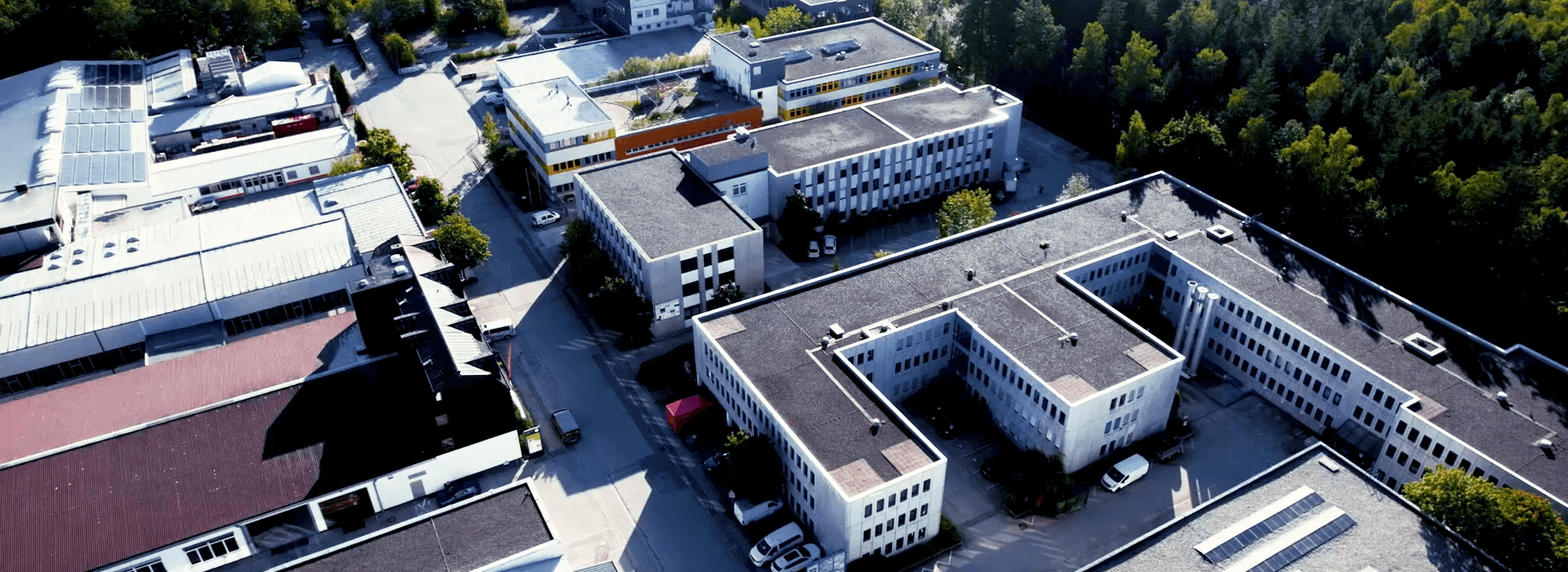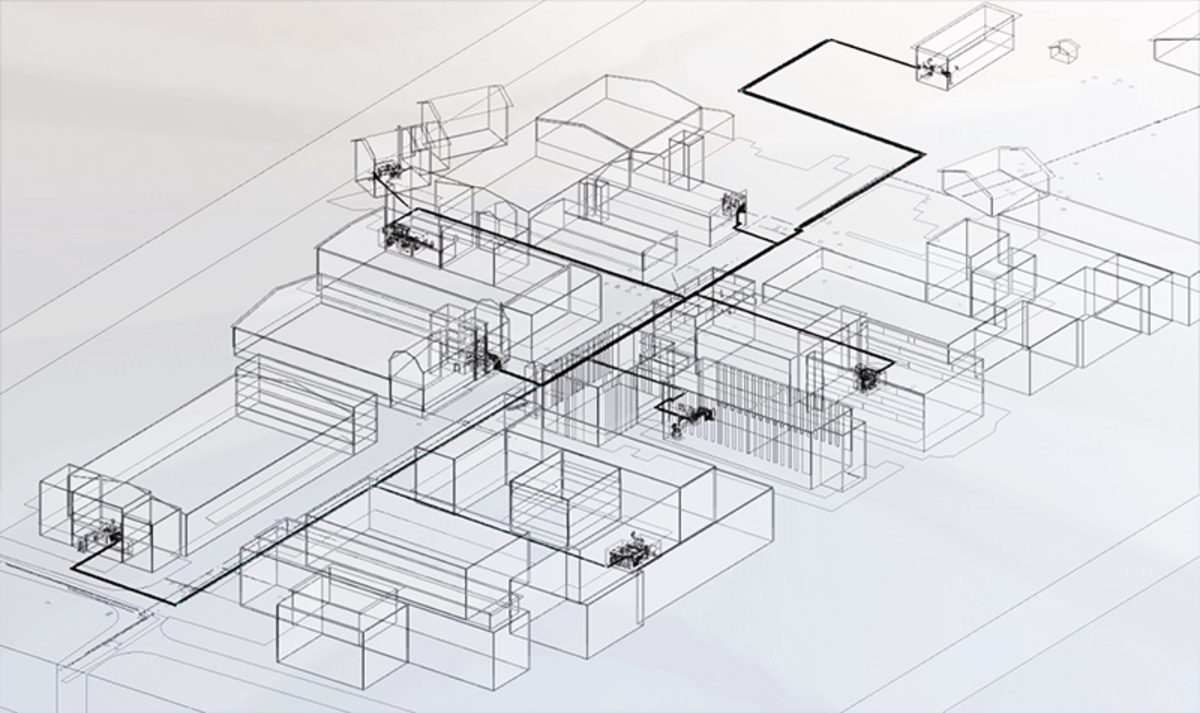
MEMAP
The building sector is playing a key role in efforts aimed at transitioning to a climate-neutral energy infrastructure. As part of this, researchers in the Multi Energy Management and Aggregation Platform (MEMAP) project examined digital solutions for district-wide energy optimization through coupling of the electricity and heat sectors. With the help of building information modeling (BIM) technology, an inventory of all central heating systems in a commercial building district was digitalized and the usage data collected. The resulting district-based software environment aggregates the data in order to carry out real-time energy-optimized schedules, which can then be transferred to the local energy centers where they are implemented. The data can also be utilized by an integrated planning tool to simulate further stages of expansion and how they influence the primary energy demand and CO2 emissions in the district. Thanks to the high degree of planning process automation in the BIM platform from Allplan, plus the APIs it offers, researchers were able to implement this innovative BIM integration approach in the project.
With the amendment to the German Climate Protection Act, total nationwide greenhouse emissions must be reduced 55 percent from 1999 levels by the year 2030. The goal is to reach climate neutrality by 2045 in Germany, and as soon as 2040 in Bavaria. In addition, maximum legal emissions were agreed upon for the year 2030 for the building sector, which is responsible for more than a third of greenhouse emissions. These restrictions stipulate a reduction of more than half within the current decade, with the building sector the only one to have exceeded this threshold in both 2020 and 2021 already. This ambitious transition is possible over the mid-term only with digital innovations that maximize energy efficiency in buildings and create synergy effects through connectivity and standardization.


Apart from the development of a software environment for district energy management, one of the special challenges of the MEMAP research project was the complete digitalization of the inventory of data in the existing buildings and systems in a plan for all buildings within a district. The goal was the automated transfer of the information to the data model that was developed within the project and the low-threshold implementation of a district optimization process in the MEMAP software environment planning tool in various stages of expansion.
An inventory of the existing buildings in the test area was carried out with a drone flyover using laser technology. The 3D technology that was utilized by the project partner IBDM is an automatic inventory method for the digitalization of buildings and existing systems in the field of building technology, or even for sculptures, and works by sending out a laser beam from a 3D scanner. If an object is located within the corresponding range, the laser beam is reflected back to the 3D scanner and saved as an individual point in the inventory.
The data is maintained by the planning office IBDM in the REVIT tool developed by Autodesk where it is converted to the IFC file format. The goal of the MEMAP project was now to integrate the data available in the BIM platform into the multi-energy planning process on the basis of the same optimization algorithms utilized in operating the MEMAP platform to inventory the existing buildings. This required automatically reading the data residing in the BIM platform and implementing it in the optimization algorithm data model. Given the complex BIM structure and extensive interleaving, developing a suitable filter and search concept for importing the data in an initial approach via BIMServer.org and the resident JSON-API was not a trivial task.
After several attempts the project team finally managed a breakthrough with the help of the Bimplus platform from Allplan, which not only properly imported the IFC models, but also offered a well-documented API.
As a result, the project successfully illustrated the consistency that BIM provides to the MEMAP planning process. The system configuration of the existing district can be edited further using the graphic user interface in the planning tool. By reading in historical load and generation profiles as CSV files, various operational scenarios and variants can be calculated.
As part of further cooperation within the research project, the team also managed to integrate the by the project partner IBDM measured usage data into the BIM platform in real-time and display the values and trends at the corresponding measurement points. The data was transferred via the OPC UA interface and the same server-client architecture used for communication between the MEMAP platform and the local, district-based energy management systems.
Using the simulations based on the BIM data, important new findings were obtained during the project. The simulations revealed for example that over-dimensioning of heat generation systems in existing buildings is generally higher than assumed and that they offer considerable potential for efficiency improvements through connectivity of the individual heating systems. District heating networks must be bidirectional, with energy consumers becoming prosumers. New installations in existing buildings must be sustainable in order to enable the climate-neutrality of the cities by 2045 at the latest. And by connecting these new systems within a network of buildings, they could displace inefficient systems and have a significantly more economical and ecological impact than in individual buildings.